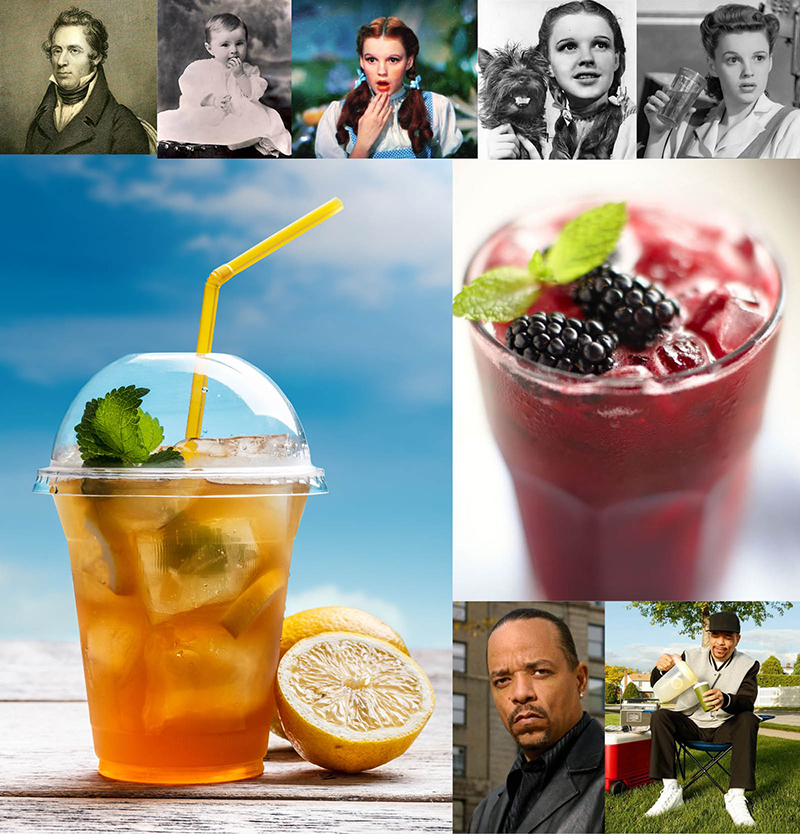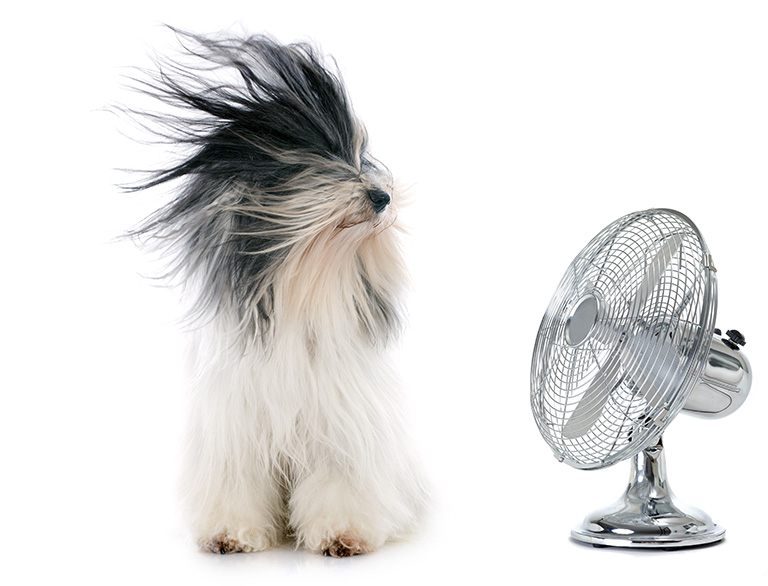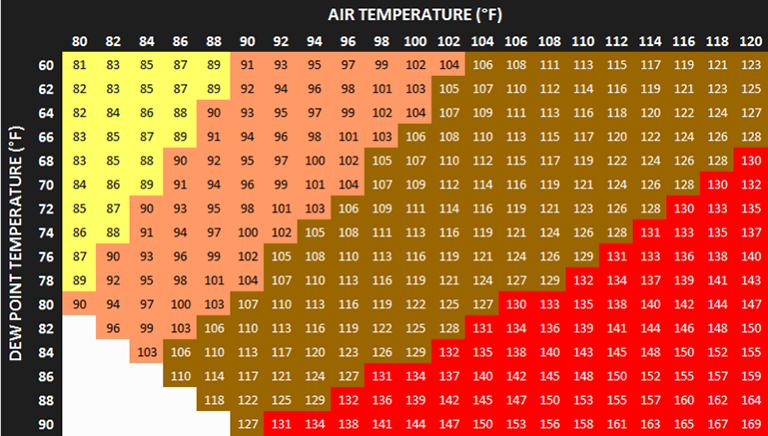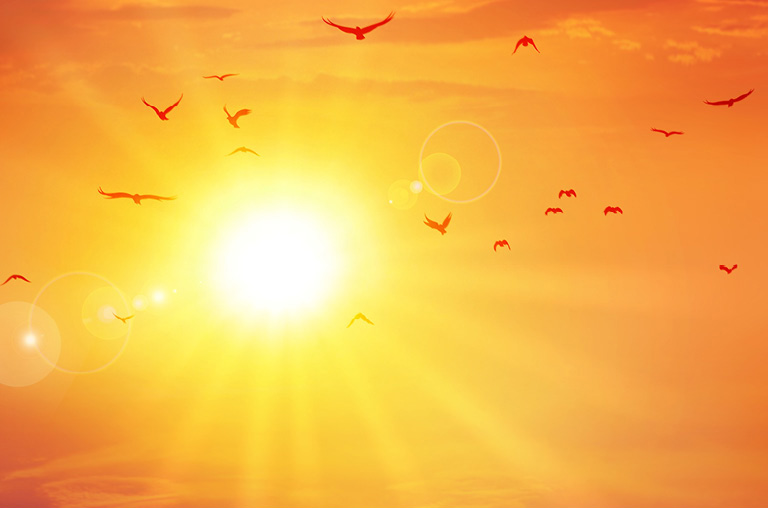Tea for Two

(top row l to r) French explorer and botanist, Andre Michaux brought tea to the Carolinas in the late 1700s; Judy Garland was born on National Ice Tea Day, June 10 in 1922; There she is in The Wizzard of OZ; There she is with Toto; And there she is on the set of a later movie having a refreshing…yep…iced tea. (middle row l to r) In a plastic cup, in a glass, with lemon, raspberry and other fruits iced tea can’t be beat. (bottom row c to r) Since 2000, Ice-T can’t be beat either in Law & Order: Special Victims Unit; And more recently, Ice-T’s having lemonade in a light hearted GEICO commercial.
Moving mulch in the yard the other night (my favorite spring PIA (Pain In The @#$) Job, I worked up a good sweat, and headed for the house for something to cool me down. I filled a glass with cubes, and poured a big splash of fresh, sweet iced tea. Ahhhhhhh! Recently, I was lucky enough to play in a charity fundraising outing, guest of my attorney pal Ken, and yep, you guessed it, we both enjoyed a glass or two or three at the club during the 90+ degree heat. Like I often do, I paused to think (you know me!) about the genius who came up with this flavorful and refreshing “distortion temperature thermal processing solution”, and hit the internet to capture some info I thought you’d find interesting, topping it off with a few “classic” and “adult” recipes to try. Special thanks to Wikipedia, Bustle, and Mother Nature.
- – While tea has an impressive history stretching back 5,000 years, iced tea has a history stretching back only as far as the discovery of preserving ice – special thanks to Fredrick and William Tudor – early pioneers of capturing and shipping ice.
- The plant arrived in America in the late 1700s by the French explorer and botanist, Andre Michaux. Michaux brought many showy plants to South Carolina during this time to satisfy the tastes of wealthy Charleston planters.
- While popular lore has iced tea being discovered by accident in the early twentieth century, there are documents dating the use of iced tea in the seventeenth century. In 1795, South Carolina was the only colony in America producing tea plants and was also the only colony to produce the plant commercially.
- Once the plant arrived, accounts of iced versions of tea began to appear almost immediately in cookbooks of the day. Both English and American cookbooks show tea being iced to use in cold green tea punches. Heavily spiked with alcohol, these punches were popular and made with green tea, not black as iced tea is made today. One popular version was called Regent’s Punch, named after George IV, the English prince regent in the early nineteenth century.
- The first version of iced tea as we know it today, albeit made with green tea leaves, was printed in 1879. Housekeeping in Old Virginia published a recipe by Marion Cabell Tyree calling for green tea to be boiled then steeped throughout the day. Finally, “fill the goblets with ice, put two teaspoonful’s granulated sugar in each, and pour the tea over the ice and sugar.” Ms. Tyree also called for lemon in her drink.
- The oldest printed recipes for iced tea date back to the 1870s. Two of the earliest cookbooks with iced tea recipes are the Buckeye Cookbook by Estelle Woods Wilcox, first published in 1876, and Housekeeping in Old Virginia by Marion Cabell Tyree, first published in 1877.
- In 1884, the head of the Boston Cooking School, Mrs. D. A. (Mary) Lincoln, printed her recipe for presweetened iced tea calling for cold tea to be poured over cracked ice, lemon and two sugar cubes. Mrs. Lincoln’s recipe called for the black tea used today in iced tea as well as sugar proving sweet tea is not just a southern tradition.
- Many other accounts of iced tea exist prior to 1904 when many historians mistakenly believe iced tea was invented. While it has been shown that the beverage had existed for a century prior to the World’s Fair in St. Louis, Richard Blechynden is said to have realized that an iced version of his free hot tea would be more appealing on a summer day. It was, and with so many fair goers from around the country looking for cold drinks, the popularity of iced tea skyrocketed and the beverage became immediately well-known and eventually common throughout North America.
- Iced tea’s popularity in the United States led to an addition to standard cutlery sets: the iced tea spoon – a teaspoon with a long handle, suitable for stirring sugar into glasses.
- It is a common stereotype of the Southeastern United States that, due to the popularity of sweet iced tea in the region, unsweet iced tea is not available or is frowned upon; it is often the case, however, that the term “iced tea” is assumed by default to mean sweetened iced tea in that region.
- National Iced Tea Day is observed annually on June 10th – a day set aside to celebrate one of summer’s favorite drinks. Whether it is sweetened or unsweetened, with or without lemon, it is loved by many and enjoyed by the glass full all summer long. Homemade and commercially manufactured iced tea can be found in many flavors including lemon, peach, raspberry, lime, passions fruit, strawberry, cherry and more.
- An alternative to carbonated soft drinks and quite popular in the United States, iced tea makes up about 85% of all tea consumed.
- Green tea has been suggested to be used for a variety of positive health benefits including reducing the risk of cardiovascular disease and some forms of cancer, oral health, reduce blood pressure, weight control, antibacterial and antiviral activity, protection from solar ultraviolet light, anti-fibrotic properties, neuroprotective power. Personally, I still stick with black
Fun Recipies (special thanks to Jamie Ritter at Bustle)
Sweet Tea Bourbon Cocktail With Fresh Mint And Orange
This infused sweet tea cocktail from Joy the Baker balances the woody flavor of bourbon with lighter, summery notes of citrus and mint.
Spiked Iced Soy Chai Tea
Add this spicy iced tea from The Kitchn to the menu, and we will be the first to RSVP to your porch party.
Tipsy Lemonade and Peach Iced Tea
This beautiful tincture from The Comfort of Cooking combines fruit juice and adult mixer for a flavor profile that’s all grown-up.
Just Good Old Fashion Iced Tea
In a large pot, combine six black tea bags tied together, and strips of lemon and orange zest, and boiling water. Let steep 8 minutes. Remove tea bags and let cool to room temperature, about 2 hours. Add sugar to taste and serve over ice with lemon and orange slices if desired.
Classic Arnold Palmer
Named after the famed golfer, mix equal parts of lemonade and iced tea in a big glass filled with ice. Then, throw on the shades, kick back and enjoy the summer.
Yours?
If you have a favorite recipe, send my way and I’ll share it with the group, and send you a collector’s addition KHT “chillin” summer t-shirt.







